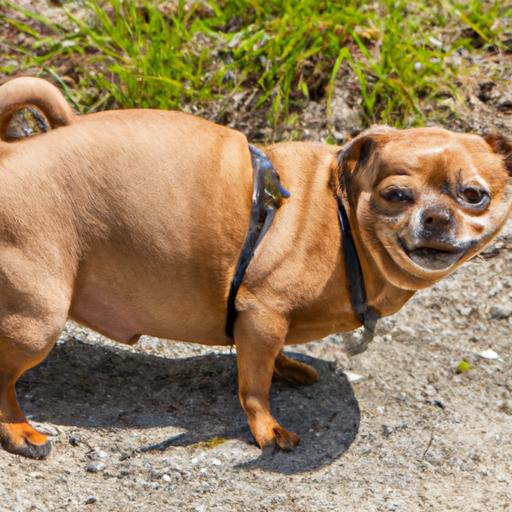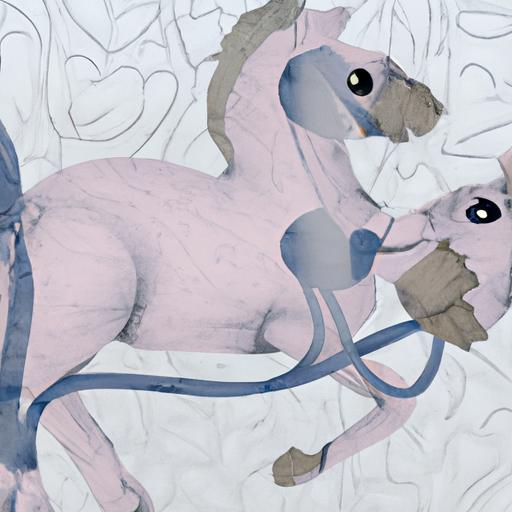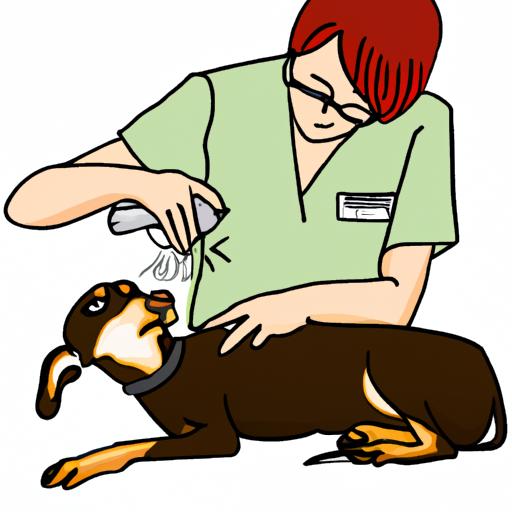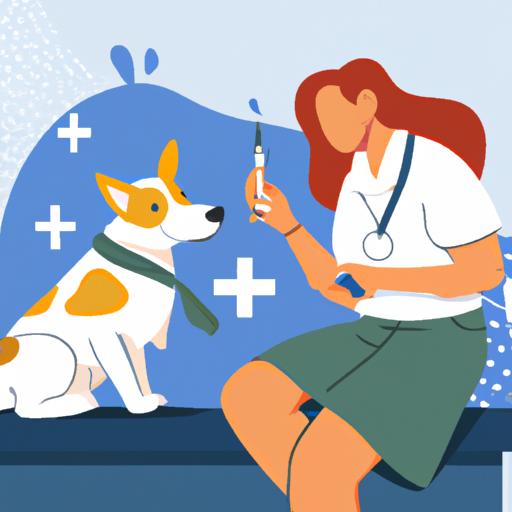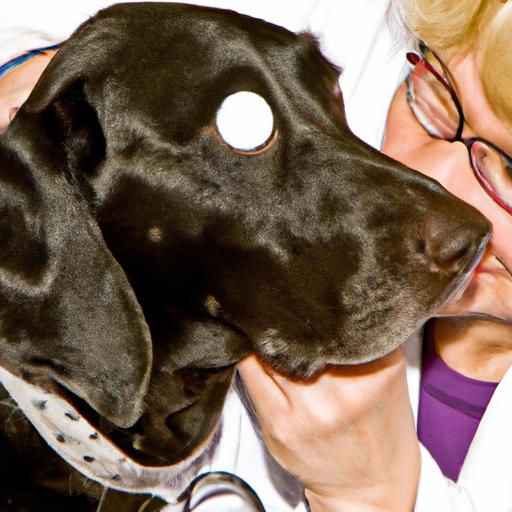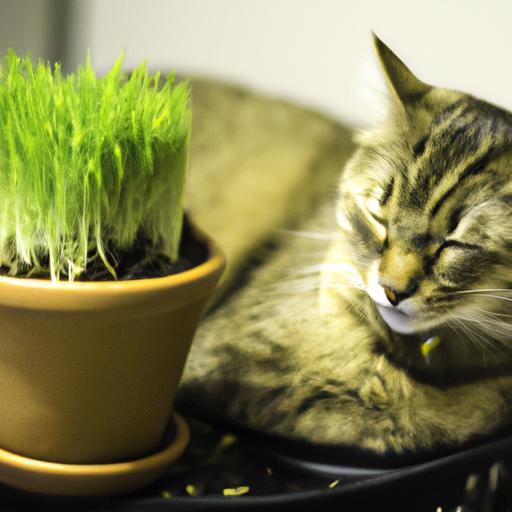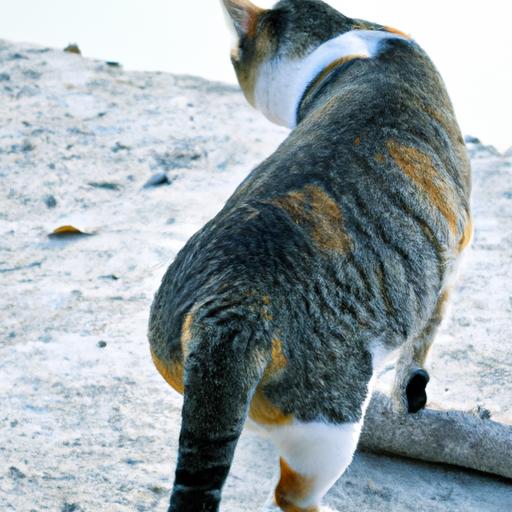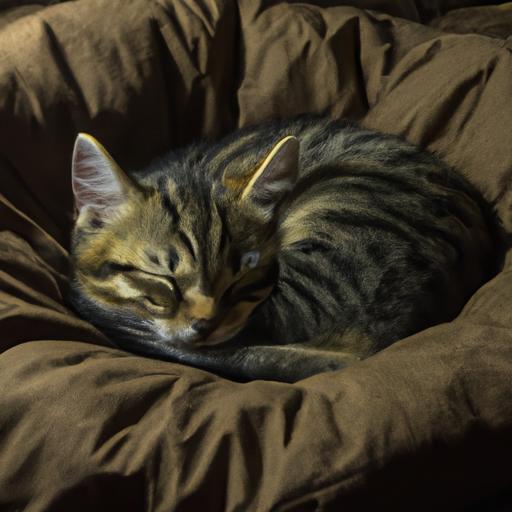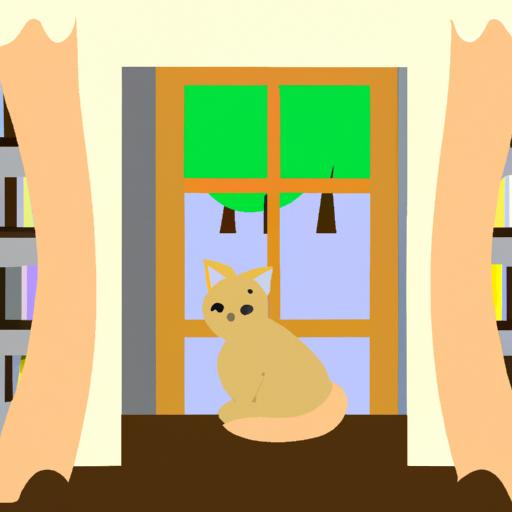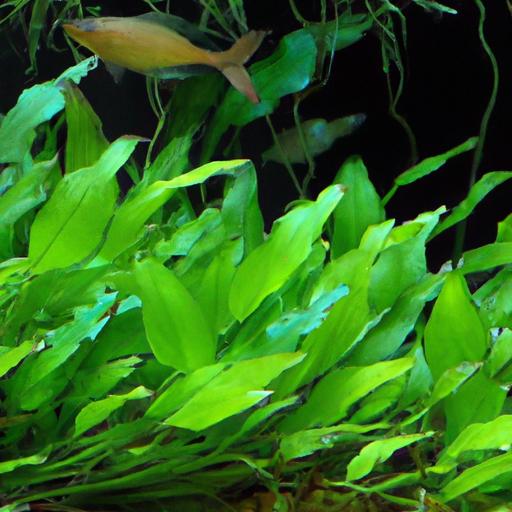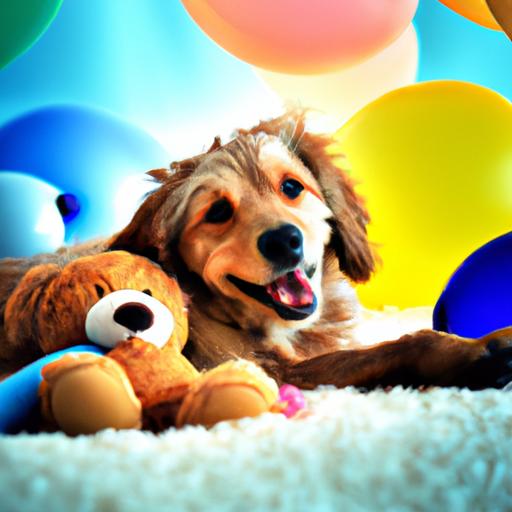
Coping with Canine Noise Phobia: Balloon Anxiety
Learn effective strategies for coping with canine noise phobia, specifically balloon anxiety. Help your dog overcome their fears and live a happier life.
Introduction
As pet owners, we know that our furry friends can experience anxiety and fear, just like humans do. One common fear that many dogs face is noise phobia, which can be particularly triggered by loud noises like balloons popping. In this article, we will explore the topic of coping with canine noise phobia, specifically focusing on balloon anxiety. Understanding the impact of balloon anxiety on dogs is crucial in order to provide them with the support they need to overcome their fears and live a happier life.
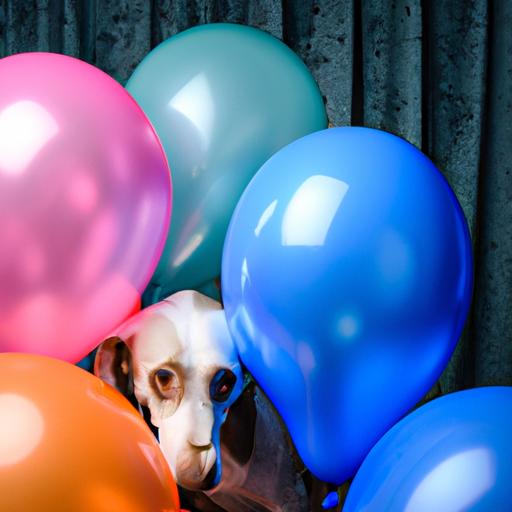
Coping with Canine Noise Phobia: Balloon Anxiety
What is balloon anxiety and how does it affect dogs?
Balloon anxiety refers to the fear and anxiety that dogs experience when they are exposed to the sound of balloons popping. The loud noise can startle them and trigger a fear response, leading to increased heart rate, trembling, panting, and attempts to escape or hide. Dogs with balloon anxiety may also exhibit destructive behavior or become excessively vocal.
Identifying signs and symptoms of balloon anxiety in canines
It’s essential for pet owners to be able to recognize the signs and symptoms of balloon anxiety in their dogs. Some common indicators include restlessness, pacing, excessive drooling, dilated pupils, and seeking comfort from their owners. Additionally, dogs may exhibit signs of distress before any balloons are even present, as they associate certain sounds or environments with the impending noise.
Factors that contribute to the development of balloon anxiety in dogs
Several factors can contribute to the development of balloon anxiety in dogs. These can include past traumatic experiences, poor socialization, genetic predisposition, or even a lack of exposure to different sounds during their critical socialization period as puppies. Understanding these factors can help pet owners empathize with their dogs and develop effective coping strategies.
FAQ (Frequently Asked Questions)
What are some common triggers for balloon anxiety in dogs?
Dogs can develop balloon anxiety due to various triggers. Some common triggers include the sudden popping sound of balloons, the sight of balloons being inflated, or even the anticipation of balloons being present. Each dog may have different triggers, so it’s important to observe and identify what specifically causes anxiety in your furry companion.
How can I help my dog cope with balloon anxiety?
Helping your dog cope with balloon anxiety requires patience and understanding. Here are a few strategies you can try:
- Gradual desensitization: Gradually expose your dog to the sound of balloons popping in a controlled and positive environment. Start with low-volume recordings and gradually increase the volume over time.
- Counterconditioning: Associate the sound of balloons popping with positive experiences by offering treats, praise, or engaging in fun activities when the noise occurs.
- Creating a safe haven: Provide a safe space for your dog to retreat to during balloon-related events. This can be a designated room with familiar toys, blankets, and calming music or white noise to help mask the sound.
- Consult a professional: If your dog’s anxiety persists or worsens, it’s advisable to seek guidance from a professional dog trainer or a veterinary behaviorist who can provide expert advice tailored to your dog’s specific needs.
Are there any natural remedies or supplements that can alleviate balloon anxiety?
While there are natural remedies and supplements available in the market, it’s important to consult with your veterinarian before using them. Some options to explore under professional guidance include:
- Herbal remedies: Products containing chamomile, valerian root, or lavender may have calming effects on dogs.
- Pheromone therapy: Synthetic pheromones, such as Adaptil, can be used in the form of diffusers, sprays, or collars to create a calming environment for dogs.
- Anxiety wraps: Products like Thundershirts or anxiety wraps can provide gentle pressure to help dogs feel secure during stressful situations.
When should I seek professional help for my dog’s balloon anxiety?
If your dog’s balloon anxiety significantly impacts their quality of life or poses a risk to their safety, it’s recommended to seek professional help. A qualified dog behaviorist or veterinary behaviorist can assess your dog’s specific needs and develop a comprehensive behavior modification plan. They may also suggest additional interventions such as medication, if necessary, to help alleviate your dog’s anxiety.
Conclusion
Coping with canine noise phobia, particularly balloon anxiety, is crucial for ensuring the well-being of our furry friends. By understanding what balloon anxiety is and how it affects dogs, we can take proactive steps to help them overcome their fears. Remember, patience, consistency, and professional guidance are key when assisting our dogs in coping with their anxiety. With the right approach and support, we can provide our four-legged companions with a sense of security and help them navigate the world with confidence, even in the face of balloon-related triggers.
